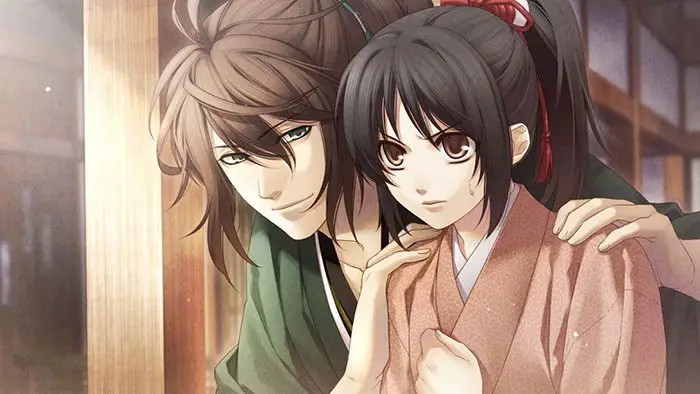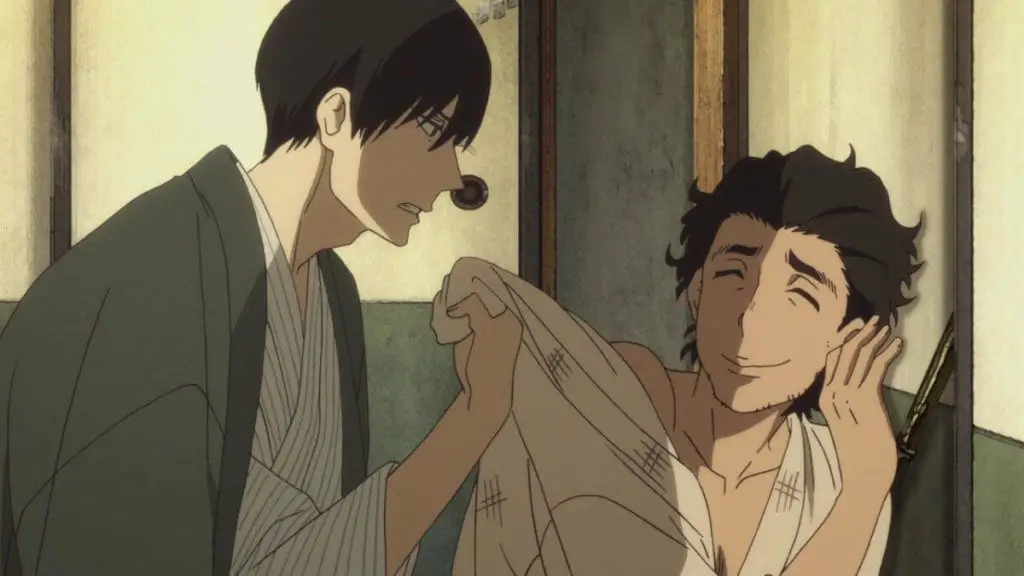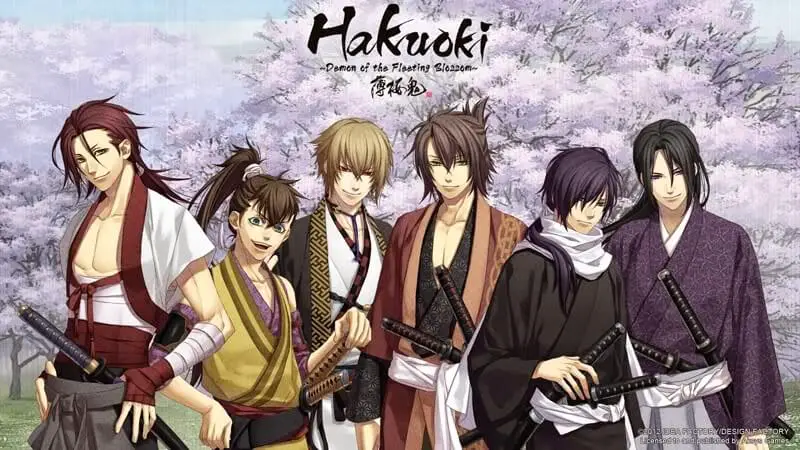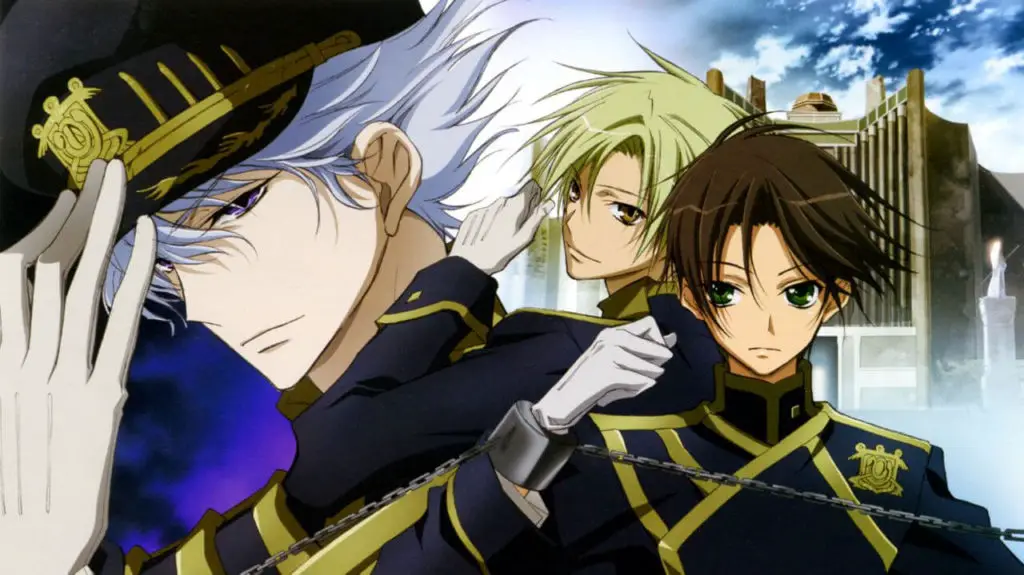Josei (NuXing) is a manga genre that is specifically created for teenage girls between the ages of 15 and 24.It uses kanji, without any furigana to help with reading.

Readers of various age groups can easily understand the content.
Manga and anime, just like various other art forms, encompass a wide range of genres.
They have different target audiences and cover a variety of topics and content.
There are actually a wide variety of artistic genres in Japan that you may not be familiar with if you’re only familiar with Western categories like shonen, shojo, hentai, and yaoi. These genres are quite popular and may expand your understanding of Japanese art.
Let’s talk about “Josei”.There is limited information available about josei online, which can make it confusing to determine which anime belongs to this category.
Now, let’s explore the meaning of “Josei” and how it sets itself apart from other types of anime and manga.
In Japanese, the term josei translates to “woman” or “female”.While manga and anime were initially targeted at mature women, they have now expanded their reach to include a broader age range of readers, spanning from 15 to 40 years old.
As a result, josei focuses mainly on women’s experiences, hobbies, and perspectives on the world.Over the past few years, josei has seen significant growth with the emergence of various subgenres. This has led to a wider range of content and styles within the josei genre.
Actually, josei mangaka explore themes that touch on sexuality and eroticism. In addition, they also address topics related to empowering women and promoting freedom. These themes now encompass a wide range of elements, including drama, fantasy, action, and diverse relationships.
The subject matter is actually quite intricate, particularly when you delve into its rich history and origins.Now, let’s dive deeper into it
Updated on May 25, 2024, by Govind: Josei manga is a genre of Japanese comics or graphic novels that are specifically created for adult women. These manga tend to explore mature and realistic themes that resonate with adult female readers. Josei manga delves into intricate relationships, personal development, and the challenges of everyday life with a level of depth and authenticity that sets it apart from other manga genres.
When the Innocence of Youth Fades Away
Around the Eighties, josei was created. The roots of josei are shojo manga from the Fifties and Sixties, in which josei represents a maturer evolution.
The need to create josei was probably triggered by the current feminist movement that sought to ensure women had access to birth control.

After all, manga is used as a means to “[deconstruct] traditional views on sex and childbearing” and this is precisely what josei’s original goal was.
Japanese female writers were fed up with being treated like perfect angels in hentai manga as if they were capable of unconditional love.
This is how Josei was born. It is a mature genre that explores women’s eroticism and allows them to indulge in their sexual fantasies.
The first lady’s comics were not sexually explicit. As time went on, they became more sexually explicit and sometimes even violent.
These indecent works led to the “Ladies’ comic” style. However, josei gained more specific elements: mature relationships and infidelity, as well as dramatic adult love stories.
All of these features are what define josei. They also retain a high degree of reality since the situations the characters must deal with are not always bright and sunny, like in shojo manga and anime.
It doesn’t just include these elements, but the classic josei style is still highly appreciated. One of the most popular examples is Showa Genroku Rakugo Shinju, a dramatic historical anime.
Shouwa Genroku Rakugo Shinjuu

- Episodes: 13
- Aired: Jan. 2016 – Apr. 2016
The story is set in post-war Japan. The plot is hard to describe as “peaches and cream”. The anime tells the story of Yotaro, a former member of the yakuza who wants to forget the past and get out of prison. Yotaro now wants to be a Rakugo traditional comedian.
He is inspired by Yakumo Yurakutei, an outstanding practitioner who initially doesn’t seem to be willing to listen to Yotaro’s desperate plea to become his mentor.
Yotaro meets Konatsu, a young geisha who has lived with Yakumo since the death of her father. This complex story will focus on the relationship between the three characters and how it develops.
Showa Genroku Rakugo Shinju is a classic example of classical josei animation. The love story isn’t as idealized and romanticized as in other shojo stories.
It is realistic, sexual, and mature. Konatsu isn’t a young, awkward girl looking for her prince charming. She is a mature, fully grown woman who earns her living by flirting with men.
She has been through thick and thin throughout her life. She isn’t able to trust people and her armored personality makes it difficult for other characters to see her as rebellious and sometimes unwelcome. She is the embodiment of the bitterness that women face every day.
Main Focus on Plot and Character Development
Although realistic portrayals of relationships are an important feature of josei, they are not the only thing. Relationships can be formed between two or more characters.
This creates a series of events that weave together to tell a complex story where characters experience many kinds of emotions. Emotions are what allow us to become adults.
They teach us about life’s hardships and make us more compact people. This is evident in Showa Genroku Rakugo Shinju. However, earlier josei’s works only represented women’s sexual lives.
The josei genre has evolved from its traditional elements to focus more on the characters and their inner worlds, as well as their hopes and fears. It also explores how their priorities change according to the events.
The environment around the characters has a huge impact on how they grow up and think. Characters are shaped by events and adapt to their surroundings.
It is difficult to make the decision that Chizuru Yukimura, Shinsengumi members, and Hakuoki must take in Hakuoki, one of the most beloved josei in recent times.
The relationships between characters are omitted to allow for tragic events that occur when characters can not choose but accept fate.
Hakuouki/Hakuoki ~ Demon of the Fleeting Blossom

- Episodes: 12
- Aired: Apr. 2010 – Jun. 2010
Chizuru Yukimura is the daughter of a mysteriously missing doctor several months prior. Chizuru, worried about her father’s disappearance, decides to travel to Kyoto to seek out information.
However, Kyoto has turned into a dangerous place and inhumane creatures have started to terrorize its citizens.
Chizuru is attacked by one of these creatures and her efforts to defend herself are futile. Chizuru is about to be killed when a group of samurai saves her.
They are called Shinsengumi, and Chizuru appears to have accidentally discovered their darkest secrets.
Hakuoki was set in the final period of the Tokugawa Era during Japan’s westernization. This anime beautifully tells us the historical facts and that all the characters (except Chizuru) actually existed.
Chizuru will have a close relationship with Toshizo Hijikata and all the Shinsengumi members, but the main focus of Hakuoki’s story is the war that the Shinsengumi must fight against not only the western troops but also against the clan of demons that appears to be related to Chizuru.
When patriotic ideals, honor, and love are on the other side of the scale, it is impossible to keep lovers apart. This fate, Chizuru as well as Shinsengumi, will accept with maturity while still retaining their pain and desires.
Homosexual Relationships Part of a Broader World
The josei genre has seen a lot of changes in recent years. New elements have been added to keep up with the current fashion and appeal to contemporary audiences.
It is common to see josei’s works that include subgenres like historical, fantasy, and sci-fi. These josei works are distinguished by their complex plots and well-structured characters.
Their lives and actions are linked to both the relationship between them and their mission and ideals. The anime Hakuoki, which we had discussed earlier, is an example of this kind. However, the story is about a relationship between a young man and a woman.
In fact, heterosexual relationships were the main feature of Josei’s works in the Eighties and Nineties. However, once sexual barriers have been removed, josei has made changes to its features so that you can now find josei manga and josei anime featuring homosexual characters.
It is easy to mix them up with yaoi. But josei BL’s works are very different from Yaoi’s. Both Josei and Yaoi’s gay relationships can be very racy, or even fluffy.
But yaoi stories are more focused on the sexual intercourse of two stereotyped protagonists. The josei works are full-fledged and develop with the characters. They also evolve their personalities and become more complex as they deal with people and other events.
Although the two lovers are not the most important part of the plot, they are just one piece of a larger space. 07-Ghost is an example of this. Though it is rarely called “Shounen-Ai,” 07-Ghost has all the essential elements of a josei gay love story.
07-Ghost

- Episodes: 25
- Aired: Apr. 2009 – Sep. 2009
Teito Klein is the main character in 07-Ghost. He was the last survivor of the Raggs Empire’s destruction by the Barsburg Empire. Teito has no memory of his past and is the one who brings a magical item to his right hand. After Raggs’ death, Teito was imprisoned in Barsburg.
He then enrolls at a Military Academy to be a soldier. However, he has a difficult time getting along with his classmates. Mikage, a fellow student, will be Teito’s best friend and he will be his forever faithful friend.
The two will find it more difficult to deal with Ayanami, a ruthless general who will appear in Teito’s and Mikage’s lives. They will need to rely on each other for support and protection.
While Teito is said to have a great friendship with Mikage throughout the series, there is no denying that the series contains a homosexual element. Although Teito’s and Mikage’s relationship has all the hallmarks of a romantic affair, that isn’t the main focus of the story.
In fact, the work focuses on Teito, Mikage, and their struggle against the Empire, which wants Teito to have its powers. They also search for Teito’s forgotten memories, which could change the fates of the world. 07-Ghost is a mature story that defies yaoi stereotypes. It could be enjoyed by both a male and female audience.
Conclusion
Rather than mature characters that are exposed to the difficulties and joys of life from a critical perspective, stories that feature people with a solid, relatable back story will make for an excellent read.
Josei’s works take us away from the pleasant and perfect world of puberty, adolescence, and adulthood. Regardless of the gender of the protagonists, this is both romantic and utopian.
Do you have any other ideas?
Are there better examples?
Leave a comment below to let us know your thoughts.
